The North American P-51 Mustang is an iconic World War II-era fighter aircraft that has captured the imagination of aviation enthusiasts and historians alike. Despite being over 75 years old, many of these aircraft are still operational today, serving as a testament to their durability and significance. The enduring legacy of the P-51 Mustang continues to be felt in modern times.
Historical Significance

The P-51 Mustang played a pivotal role in World War II, serving as a long-range escort fighter that protected bombers over Europe. Its involvement in key operations, such as the Allied invasion of Normandy and the strategic bombing campaigns, solidified its status as a crucial asset in achieving air superiority. The Mustang’s innovative design, including its laminar-flow wing and powerful Packard V-1650 engine, set it apart from contemporary aircraft, allowing it to outperform adversaries in speed and range. After the war, the P-51 Mustang transitioned to civilian roles, finding new life in air racing and as a prized possession for private collectors. The aircraft’s design influenced subsequent generations of military and civilian aircraft, contributing to advancements in aerodynamics and engineering. Its adaptability and performance ensured its relevance long after its initial military service.
Surviving Mustangs Today
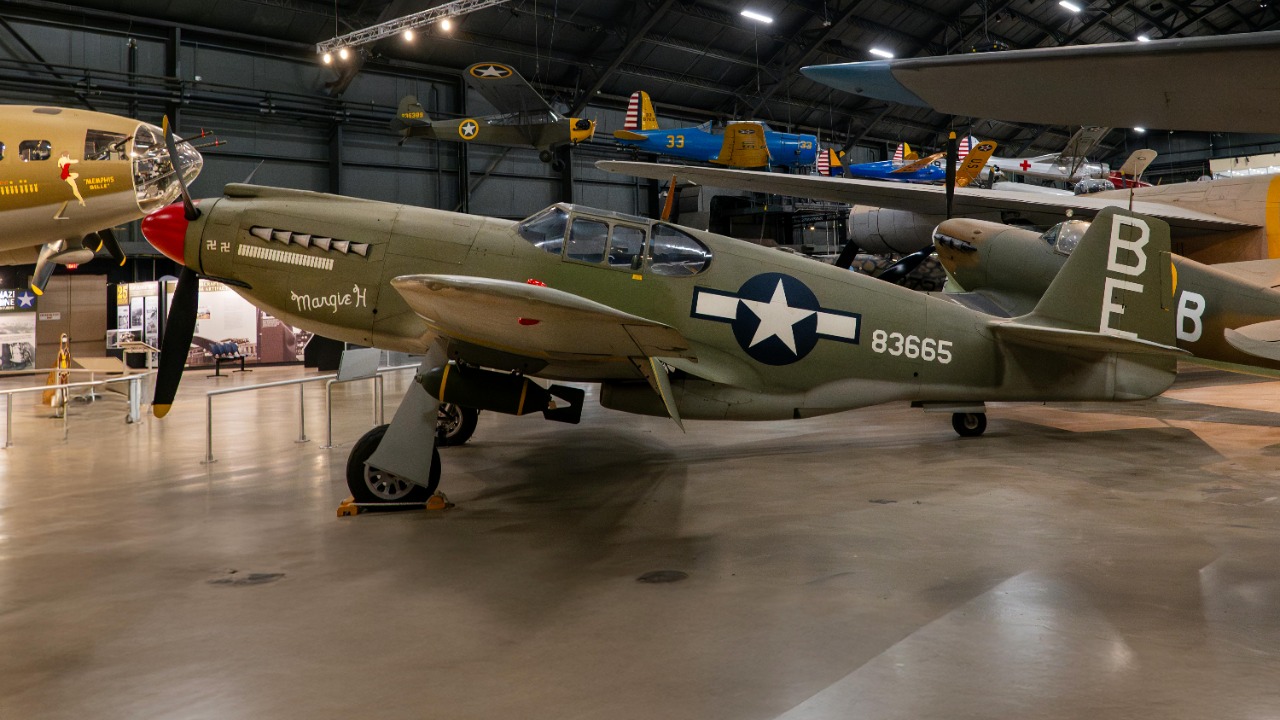
Today, a significant number of P-51 Mustangs remain airworthy, with estimates suggesting that over 150 are operational worldwide. These aircraft are often the result of meticulous restorations, bringing history back to life through the dedicated efforts of enthusiasts and experts. High-profile restorations, such as those undertaken by organizations like the Commemorative Air Force, highlight the passion and commitment involved in preserving these legendary aircraft. Notable museums and private collections house P-51 Mustangs, each with its own story and historical significance. Museums such as the Smithsonian National Air and Space Museum and the National Museum of the United States Air Force play a crucial role in preserving and showcasing these aircraft for future generations. Private collectors also contribute significantly to preservation efforts, often displaying their aircraft at airshows and events.
The Restoration and Maintenance Process
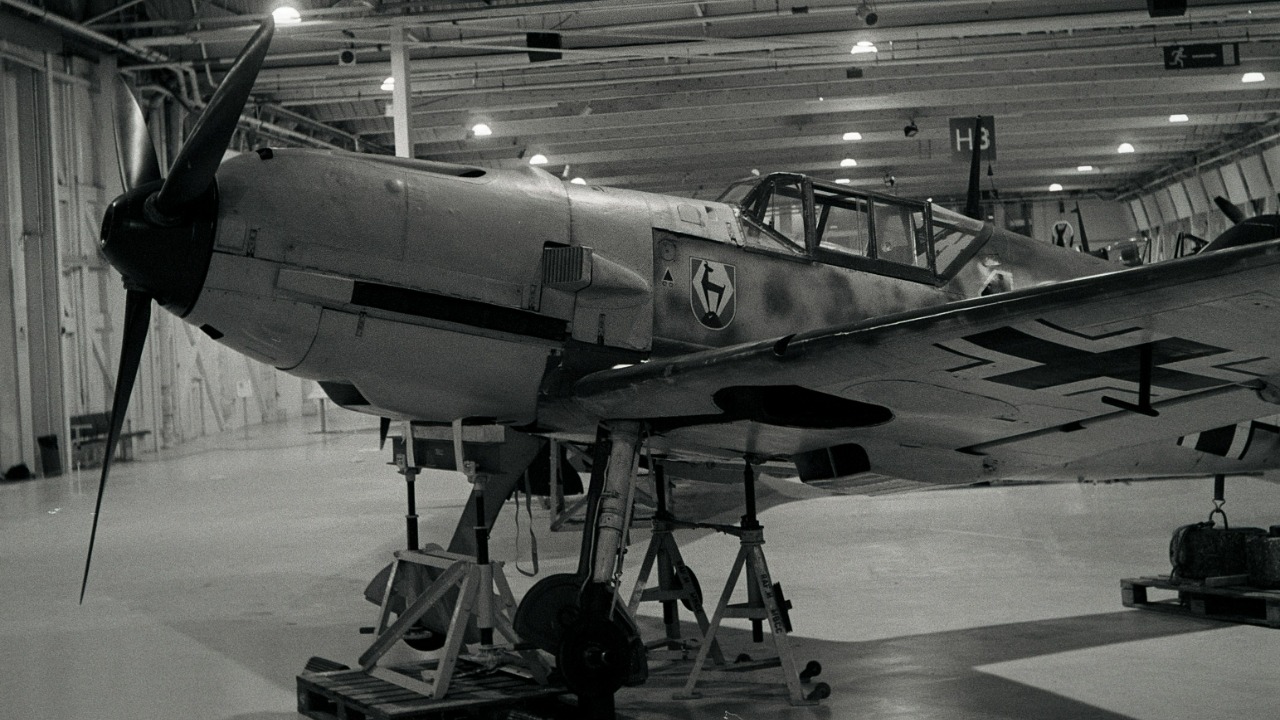
Restoring a P-51 Mustang presents numerous challenges, including sourcing original parts and materials that are often scarce. Restorers must balance maintaining authenticity with incorporating modern safety requirements to ensure the aircraft can operate safely. This delicate process requires a deep understanding of the aircraft’s design and history. Maintaining operational Mustangs involves routine upkeep and inspections performed by specialized mechanics and engineers. These professionals possess the expertise to keep these vintage aircraft in prime condition, ensuring they continue to soar through the skies. Regular maintenance is essential to preserving both the aircraft’s historical integrity and operational capabilities.
Modern-Day Uses and Cultural Impact
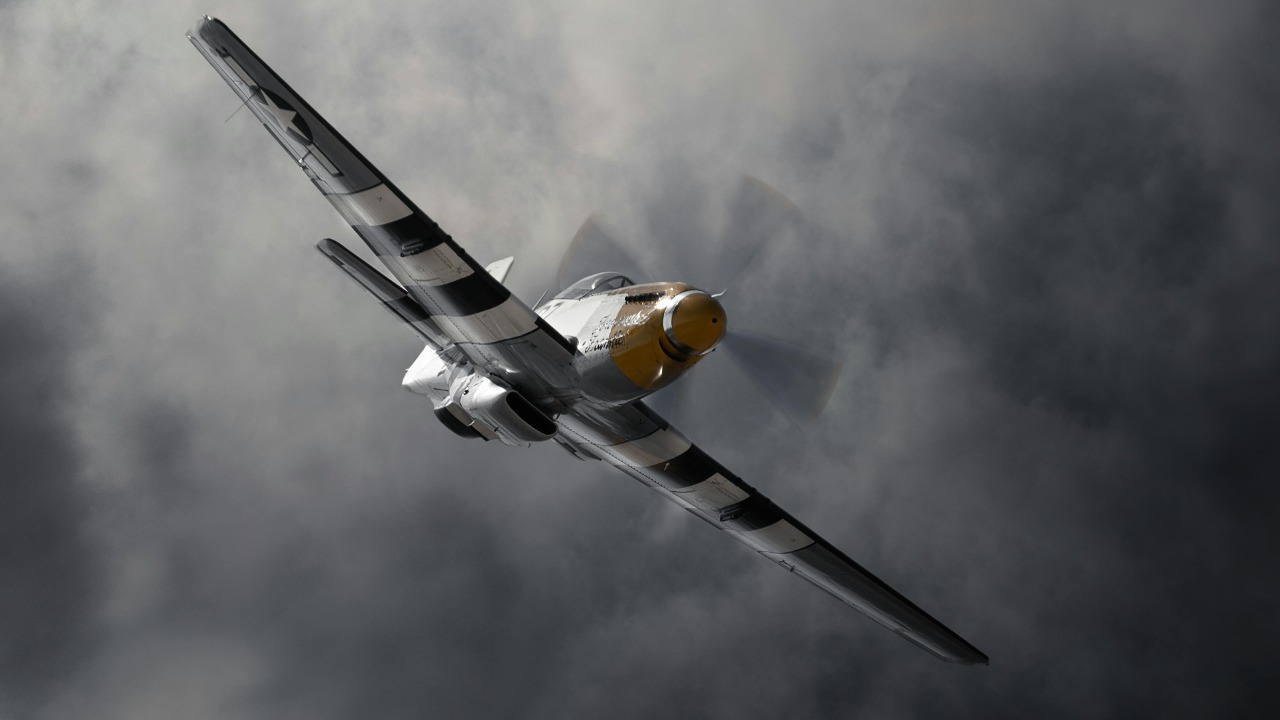
P-51 Mustangs frequently participate in airshows and commemorative events, captivating audiences with their performance and historical significance. Their popularity and frequent appearances at such events reflect the public’s enduring interest in aviation history and the Mustang’s legendary status. These aircraft serve as living history exhibits, providing a tangible connection to the past. The Mustang’s presence extends beyond airshows into media and pop culture. Its representation in films, documentaries, and books has cemented its place as a symbol of World War II aviation. This widespread recognition has influenced public perception, highlighting the aircraft’s role in shaping historical narratives and inspiring future generations of aviation enthusiasts.
Economic Aspects of Owning a P-51 Mustang

Owning a P-51 Mustang involves significant cost considerations, from the initial purchase price to ongoing maintenance expenses. The financial implications of acquiring and restoring a Mustang can be substantial, with costs influenced by factors such as the aircraft’s condition and provenance. Owners must be prepared for the economic demands of maintaining these historic aircraft. The market for Mustangs and related memorabilia remains robust, driven by collectors’ interest and auction trends. Events featuring Mustangs often have a positive economic impact on local communities, attracting visitors and boosting tourism. The enduring appeal of the P-51 Mustang ensures its place in both the aviation world and the broader economic landscape.
The Future of P-51 Mustangs

The prospects for preserving and continuing the operation of P-51 Mustangs are promising, thanks to technological advancements that aid in restoration efforts. Aviation organizations and enthusiasts play a vital role in ensuring these aircraft remain flying symbols of history. Their commitment to preservation efforts is essential for keeping the Mustang’s legacy alive. Educating future generations about the P-51 Mustang is crucial to preserving its history and significance. Initiatives to include Mustangs in educational programs provide valuable learning opportunities, emphasizing the importance of preserving history through living aircraft. These efforts help inspire a new generation of aviation enthusiasts and historians, ensuring the Mustang’s story continues to be told.

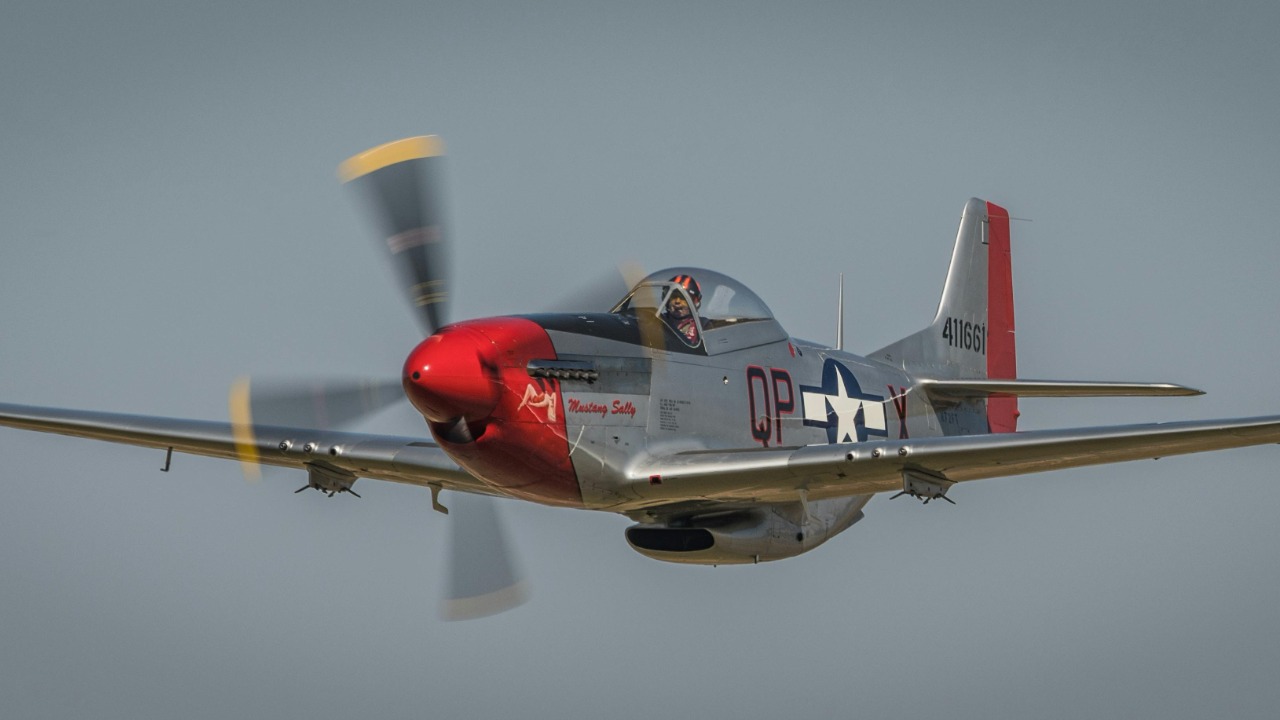
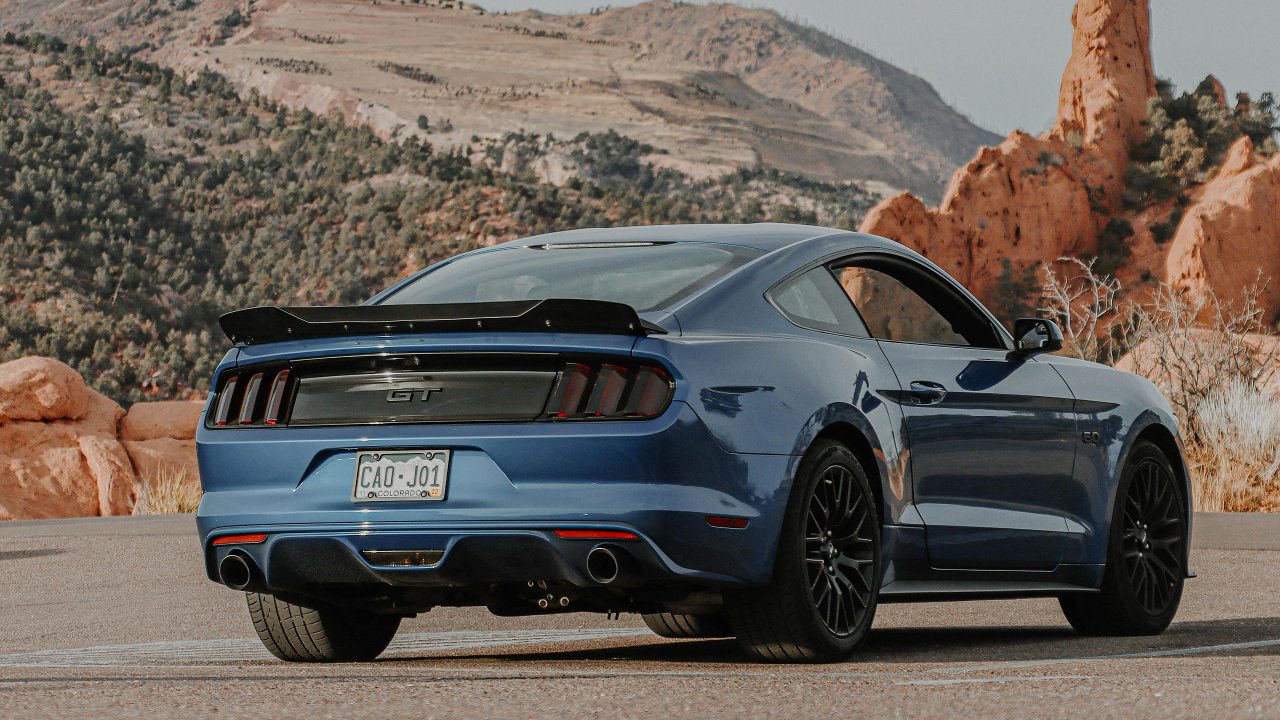


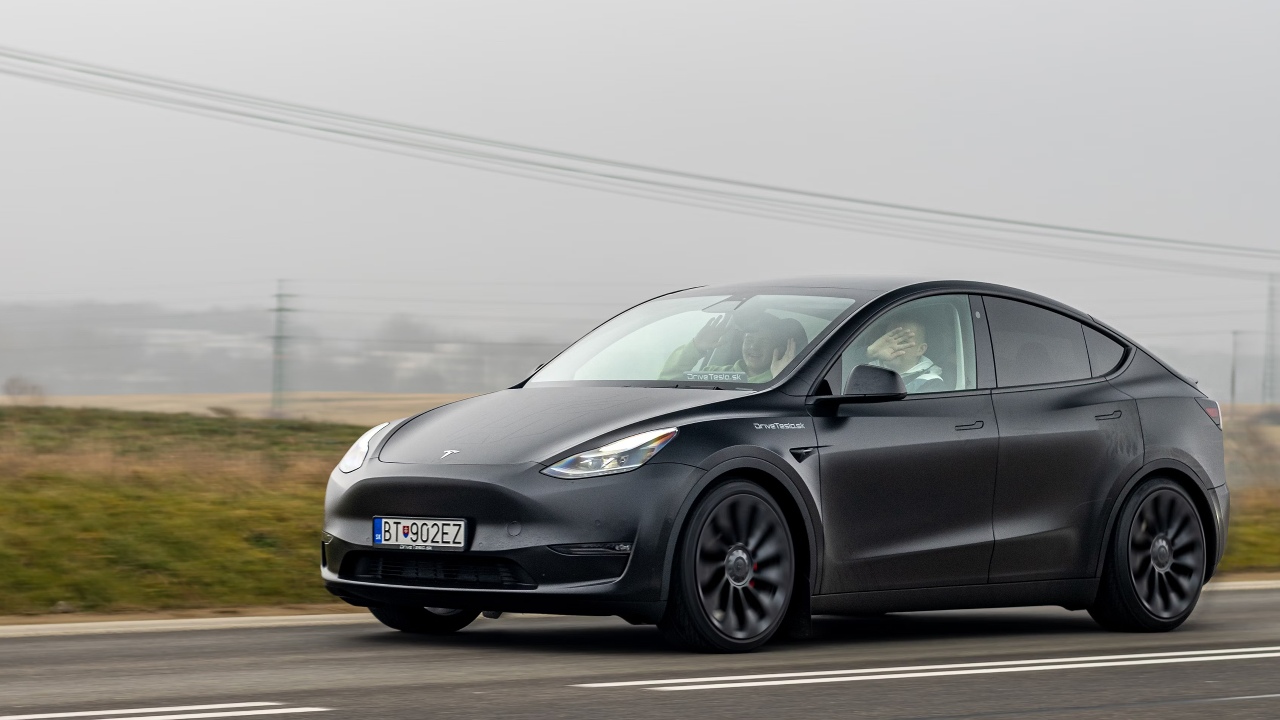

Leave a Reply